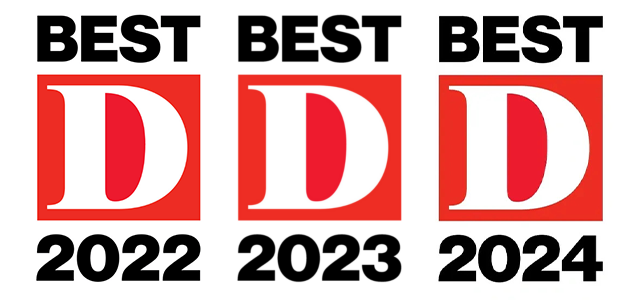What is a Lumbar Disc Herniation?
Inter-vertebral discs have two components: the outer layer made of thick, dense, strong collagen and the inner material which is made of soft, spongy material. Lumbar disc herniation occurs when the softer inner contents rupture backwards into the spinal canal. This most frequently occurs at the L4-5 and L5-S1 levels, but disc herniation can occur at any level in the lumbar spine. Disc herniation can occur during strenuous activity such as lifting heavy objects, but sometimes occurs during routine activity such as getting out of bed.
 What symptoms does lumbar disc herniation cause?
What symptoms does lumbar disc herniation cause?
Lumbar disc herniation can cause back pain, burning pain down the leg, and/or numbness, tingling, or weakness in the leg. Often, a combination of the above symptoms will occur with a disc herniation.
Often a disc herniation is excruciatingly painful for the first few days to weeks following the herniation. Usually, within ninety days of herniation, symptoms have mostly if not completely resolved.
How is lumbar disc herniation diagnosed?
Lumbar disc herniation can be suspected based on the symptoms a patient reports. However, confirmation of the diagnosis requires advanced imaging, which is usually in the form of a lumbar MRI. Usually, a treatment plan is initiated prior to obtaining an MRI.
How is lumbar disc herniation treated?
Treatment for lumbar disc herniation depending on duration and severity of symptoms. The good news is most lumbar disc herniations will resolve without surgical intervention. Most patients will experience gradual reduction in symptoms with very little treatment. There are some treatments that can be done to expedite recovery. These include anti-inflammatory medications, physical therapy, and occasional use of epidural steroid injections to calm down the inflammation within the nerve itself. For patients who still have severe symptoms that interfere with quality of life after conservative management, surgical intervention is worth discussing. The surgical procedure to treat lumbar disc herniation is usually a microdiscectomy.



